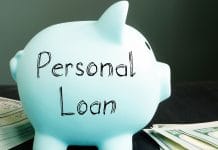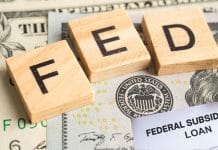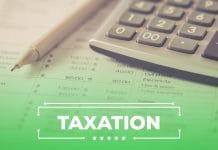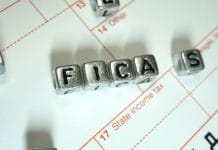Missing student loan payments triggers a cascade of consequences including credit damage, collection costs, potential wage garnishment, tax refund seizure, and loss of borrowing options. Federal and private loans have different timelines and collection methods. Options exist to avoid default through income-driven repayment plans, deferment, forbearance, or refinancing when struggling financially.
Millions of Americans carry student loan debt, and financial hardship can make repayment difficult. Understanding what happens when you miss payments is crucial for managing this challenge. This guide walks you through the timeline of consequences and offers practical solutions for those struggling with student debt solutions.
The Progressive Timeline of Non-Payment
Immediate Effects (1-90 Days)
Missing even one payment puts your loan into delinquency status. While this isn’t immediately reported to credit bureaus, it creates a ripple effect:
- Day 1: Your loan becomes delinquent
- Day 30-45: You’ll likely receive notifications from your loan servicer
- Around Day 90: Most servicers report the delinquency to credit bureaus, causing your credit score to drop
During this period, you’ll typically face late fees that increase your overall debt burden. The good news? This early stage offers the most options for getting back on track before serious damage occurs.
Approaching Default (90-270 Days)
As missed payments continue, the situation grows more severe:
- Credit Impact Intensifies: Your credit score will continue to decline
- Communication Increases: Expect more frequent contact from your loan servicer
- Fees Accumulate: Late fees continue adding up
For federal student loans, default officially occurs after 270 days (about 9 months) of missed payments. Private student loans often declare default much sooner, sometimes after just 90 days, depending on the lender’s policies.
Post-Default Consequences
Once your loan enters default, the full suite of consequences kicks in:
For Federal Loans:
- Loan Acceleration: The entire balance becomes due immediately
- Collection Costs: Up to 25% may be added to your balance
- Wage Garnishment: The government can take up to 15% of your disposable income without a court order
- Tax Refund/Benefit Seizure: Your tax refunds and certain federal benefits can be intercepted
- Loss of Benefits: Eligibility for deferment, forbearance, and income-driven repayment plans disappears
- Additional Aid Blocked: You cannot receive more federal student aid for education
For Private Loans:
- Legal Action: Lenders typically sue defaulted borrowers in court
- Court-Ordered Collections: If they win, they can garnish wages (amounts vary by state) or levy your bank account
- Collection Agency Handoff: Your account will be transferred to collection agencies, resulting in persistent contact attempts
Federal vs. Private Loan Consequences
The consequences vary significantly depending on whether you have federal or private student loans:
| Consequence | Federal Loans | Private Loans |
| Default Timeline | 270 days | Varies, often 90-180 days |
| Wage Garnishment | Without court order (15%) | Requires court judgment (varies by state) |
| Tax Refund Seizure | Yes | No |
| Social Security Offset | Possible | No |
| Collection Fees | Up to 25% | Varies by lender/contract |
| Credit Damage | 7+ years | 7+ years |
| Statute of Limitations | None | Varies by state (typically 3-10 years) |
Long-Term Financial Impact
The consequences of default extend far beyond the immediate penalties:
Credit Damage
Default severely damages your credit score, with negative marks remaining on your credit report for seven years. This affects your ability to:
- Rent an apartment
- Get approved for credit cards
- Secure auto loans
- Qualify for mortgages
- Pass employment background checks for certain jobs
Professional Consequences
In some states, professional license suspension is possible for defaulted borrowers in certain fields like healthcare, law, and education. Additionally, some employers check credit histories, making job hunting more difficult.
Increasing Debt
Interest continues accumulating even in default, making your total debt grow larger. Combined with collection fees, the amount you ultimately owe can be substantially higher than your original loan.
Difficulty Starting Over
If you’ve defaulted on student loans that go directly to you, rebuilding your financial life becomes challenging. The default follows you until resolved, making it difficult to obtain new credit, housing, or even certain jobs.
Warning Signs You’re Heading Toward Default
Pay attention to these indicators that your student loans may be at risk:
- You’re frequently making late payments
- You’re consistently depleting your savings to make payments
- You’re relying on credit cards to cover basic expenses
- You’re ignoring communications from your loan servicer
- You’re experiencing sustained income reduction
Preventive Measures: When You Can’t Make Payments
If you’re struggling with payments but haven’t yet defaulted, several options exist:
For Federal Loans:
- Income-Driven Repayment Plans: These adjust your monthly payment to a percentage of your discretionary income. Some borrowers qualify for payments as low as $0 when income is below certain thresholds.
- Deferment: Temporarily postpones payments, with interest sometimes subsidized depending on your loan type.
- Forbearance: Similar to deferment but with interest always accruing.
- Public Service Loan Forgiveness: If you work in qualifying public service, you might be eligible for forgiveness after 120 qualifying payments.
For Private Loans:
- Contact Your Lender: Many private lenders offer hardship programs not advertised on their websites.
- Refinancing: If your credit is still good, refinancing with a longer term can lower monthly payments, though you’ll pay more interest over time.
- Interest-Only Payments: Some lenders allow temporary interest-only payments during financial hardship.
Getting Out of Default
If you’ve already defaulted, recovery options exist:
For Federal Loans:
- Loan Rehabilitation: Make nine agreed-upon payments within 10 months to remove the default status.
- Loan Consolidation: Combine existing federal loans into a new Direct Consolidation Loan.
- Full Repayment: Pay the loan in full (rarely practical but sometimes possible through settlement).
For Private Loans:
- Negotiate a Settlement: Lenders may accept a lump sum that’s less than the full amount owed.
- Review the Statute of Limitations: In some states, lenders may have limited time to sue for repayment.
- Bankruptcy: While difficult, discharging student loans through bankruptcy is possible in cases of undue hardship.
Is Strategic Default Ever a Good Idea?
Deliberately defaulting on student loans is rarely advisable given the severe consequences. However, understanding your specific situation is critical:
- Federal loans have stronger collection powers but more rehabilitation options
- Private loans may have a statute of limitations for legal action
- Your income, assets, and state of residence affect the impact of default
Before considering strategic default, consult with a student loan attorney or financial advisor who specializes in student debt.
Final Thoughts
Student loan default carries serious and lasting consequences that can derail your financial future. The best approach is preventive—reach out to your loan servicer at the first sign of trouble to explore alternatives to default. Remember that options exist even after default occurs, though they become more limited and complex.
If you’re facing financial hardship, take action before missing payments. Contact your loan servicer, explore income-driven repayment plans, and consider seeking professional advice about student loan management.
Ready to take control of your student loan situation? Visit Wealthopedia for more expert guidance on managing student debt and creating a secure financial future.












